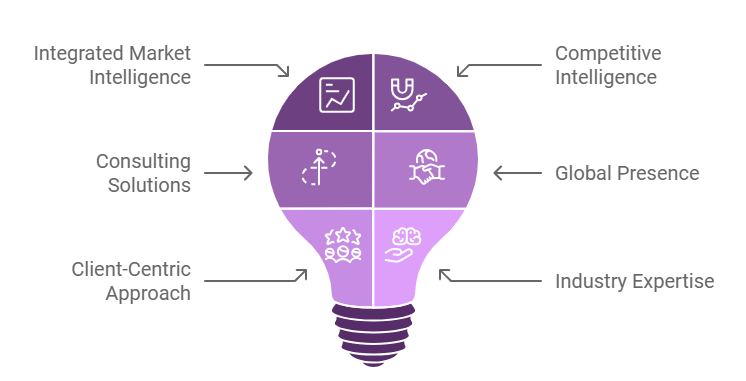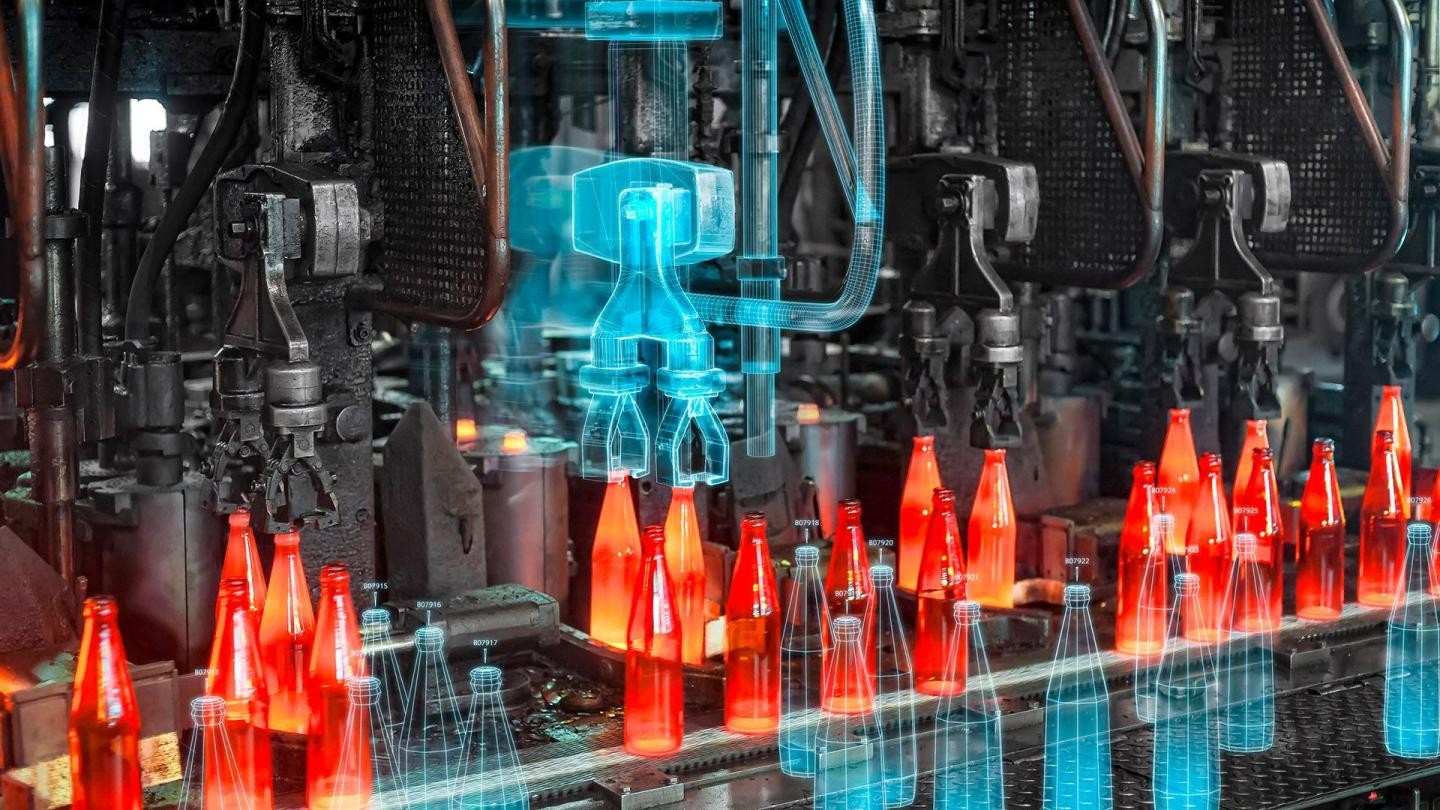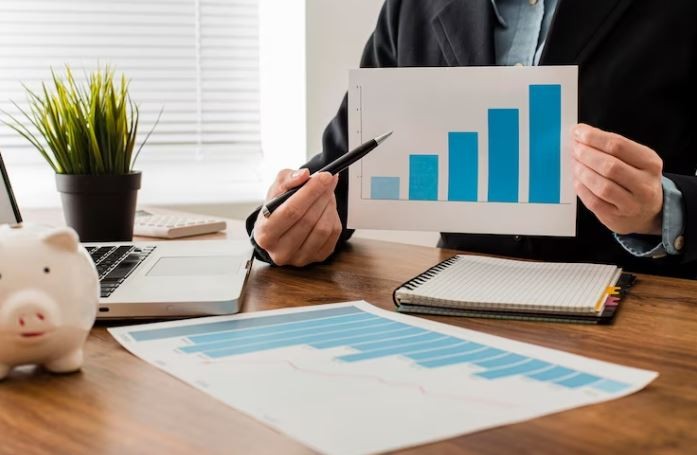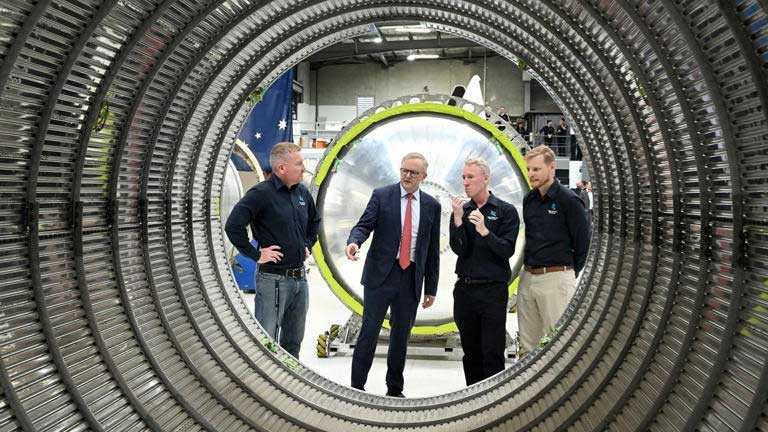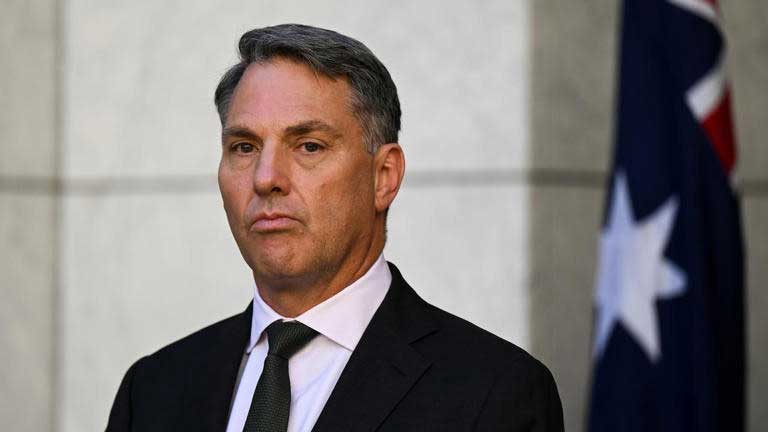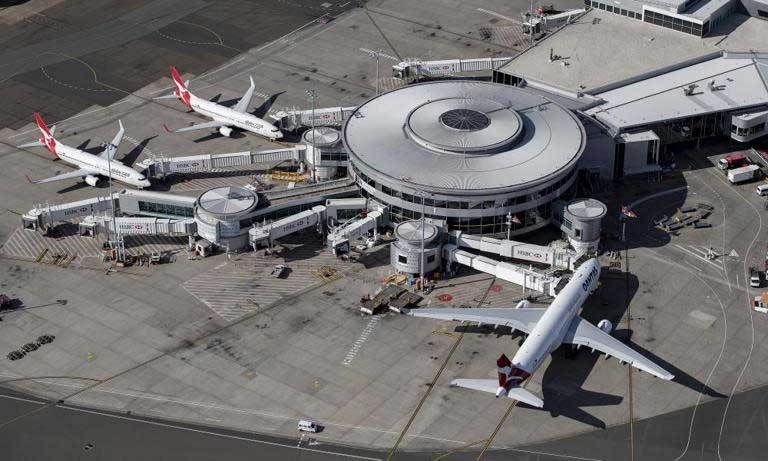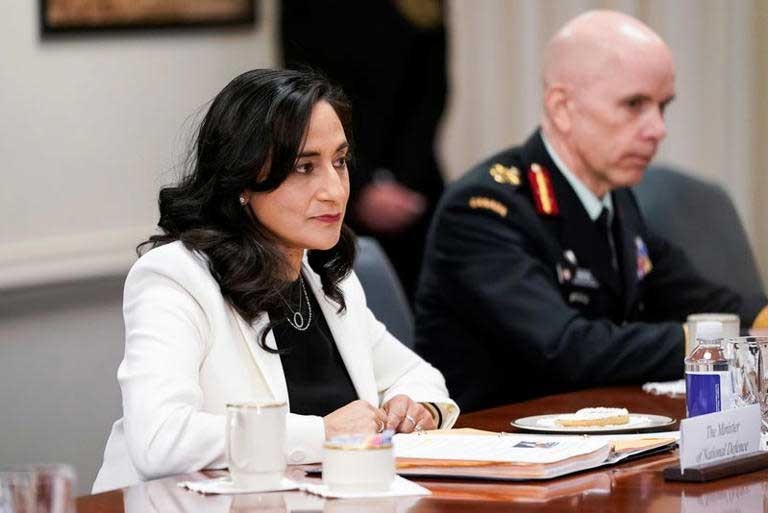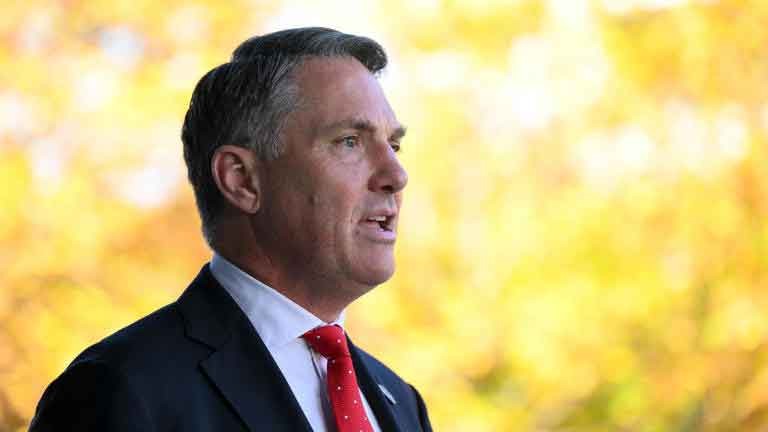Choosing the right software development company in Saudi Arabia can significantly impact your business growth. From building custom web and mobile applications to integrating AI and cloud solutions, the right partner ensures efficiency, innovation, and scalability. With the increasing demand for digital transformation, Saudi businesses need a team that understands local market requirements and global technology trends. Apptunix offers expert development services tailored to meet these demands, delivering secure and high-performing solutions.
Get a free consultation with Apptunix today and explore the best software solutions for your business : https://www.apptunix.com/s...

Custom Software Development Company In Saudi Arabia
Apptunix is a custom software development company in Saudi Arabia, providing innovative, scalable, and tailored digital solutions for businesses of all sizes.
https://www.apptunix.com/software-development-company-riyadh-saudi-arabia/Machine Learning and Artificial Intelligence are reshaping how businesses interact with data and technology. While artificial intelligence focuses on creating systems that mimic human intelligence, machine learning enables these systems to learn from experience. Together, they form the foundation of modern smart applications.
Python Machine Learning plays a crucial role in developing AI-powered solutions due to its rich libraries and ease of implementation. Businesses use Machine Learning Models to automate tasks, optimize operations, and uncover valuable insights from large datasets. From intelligent chatbots to predictive **** ytics, AI and ML technologies are driving innovation across sectors.
The integration of Machine Learning and Artificial Intelligence allows companies to make faster, data-driven decisions. These technologies help reduce errors, improve accuracy, and deliver personalized user experiences. As digital transformation accelerates, organizations that invest in AI and machine learning gain a competitive advantage. The future belongs to intelligent systems that can learn, adapt, and evolve with changing business needs.
Get More Info Visit: https://alluringinfotech.c...
#MachineLearning #ArtificialIntelligence #PythonMachineLearning #DigitalTransformation #AIInnovation #MLTechnology #SmartSystems #FutureTech
Homeowners seeking elevated comfort appreciate how Green Day Pro Landscaping approaches custom outdoor living spaces with a blend of innovation and practicality. Instead of generic layouts, they focus on personalised structures such as patios, fire pits, garden zones, and entertainment areas that match your daily needs. The team ensures every feature aligns with the keyword requirements while maintaining durability and aesthetic balance. Their craftsmanship helps transform backyards into welcoming retreats perfect for gatherings and peaceful moments.
Visit Us: https://greendayprolandsca...
#CustomOutdoorLiving #OutdoorLivingSolutions #BackyardMakeover #OutdoorLifestyle #LandscapeConstruction
James Kodrowski is an influential business leader dedicated to helping companies become stronger, future-ready, and strategically positioned for sustained success. His approach focuses on aligning vision, operations, and market strategy to ensure that businesses can grow confidently in competitive environments. Throughout his career, James has applied a disciplined approach to leadership prioritizing market understanding, operational structure, and value-driven planning.
He recognizes the importance of adaptability in modern business and encourages innovation, continuous improvement, and responsible scaling. As an investor, James partners with ventures that demonstrate potential for lasting impact and supports founders in developing strong execution strategies. His commitment to ethical business growth and long-term value creation has positioned him as a respected figure among entrepreneurs, professionals, and investment partners.
For more information Visit us : https://kodrowski.com/
#JamesKodrowski #GlobalBusinessLeader #InnovationDriven #EntrepreneurMindset #InvestmentStrategies #LeadershipInAction
James Kodrowski is a globally recognized entrepreneur and business architect known for building, scaling, and leading high-performance organizations across diverse sectors. Over the course of his career, he has demonstrated a unique ability to convert complex challenges into strategic opportunities, combining operational depth, market foresight, and forward-looking leadership. His professional journey reflects a strong commitment to value creation, whether through launching new ventures, transforming enterprises, or supporting innovative companies as a strategic investor.
With experience spanning international markets, James brings a deep understanding of economic trends, competitive positioning, and business expansion in both emerging and established environments. His approach to entrepreneurship is grounded in evidence-driven decision-making, structured execution, and the belief that sustainable businesses are built on strong fundamentals. He places equal emphasis on strategy, people, and operational excellence—ensuring growth is measurable, repeatable, and scalable.
James has consistently demonstrated an entrepreneurial mindset characterized by resilience, adaptability, and a willingness to rethink traditional models. He is passionate about creating businesses that not only perform in the short term, but also remain competitive in rapidly changing markets. He is known for mentoring leadership teams, building efficient systems, and cultivating organizational cultures that support innovation and continuous improvement.
As an investor, James focuses on ventures with strong leadership, proven market need, and scalable business models. He prioritizes companies capable of delivering both financial performance and real-world impact, ensuring that investment growth aligns with market realities and long term potential. His portfolio and advisory work have helped companies optimize operations, expand customer reach, and strengthen financial performance through disciplined strategic planning.
Beyond business performance, James believes in the importance of responsible leadership and creating opportunities that extend beyond organizational walls. He values ethical governance, transparency, and long term thinking, advocating for leadership that supports communities, employees, and economic networks. His work continues to influence entrepreneurs and organizations aiming to operate at a higher level of vision, strategy, and execution.
James Kodrowski remains a driving force in modern business an entrepreneur who not only builds companies, but empowers others to succeed, innovate, and lead in the global economy.
For more information Visit us : https://kodrowski.com/
#JamesKodrowski #Entrepreneurship #BusinessLeadership #StrategicInvestor #GlobalBusiness
We provide a comprehensive range of services, including digital marketing, PPC advertising, Google Ads, social media management, branding, content creation, and traditional advertising solutions. Each campaign is carefully tailored to your business goals, ensuring that your brand message reaches the right audience at the right time. By combining data-driven insights with creative storytelling, CoTasks ensures your advertising campaigns generate both visibility and conversions.
As one of the leading Sharjah advertising companies, we work with startups, SMEs, and established brands, helping them build a strong market presence and connect meaningfully with customers. Our approach is results-focused, customer-centric, and cost-effective, ensuring that every campaign delivers maximum return on investment.
At CoTasks, we don’t just create ads—we craft experiences that inspire, engage, and grow your brand in the dynamic UAE market.
For more info:https://cotasks.com/google...
Patrick Wales-Dinan Harvard journey instilled in him a passion for lifelong learning. At Harvard, he experienced a culture where curiosity, innovation, and knowledge were celebrated. This has shaped his approach as a coach, where he constantly adapts and evolves to help athletes succeed.
👉 https://www.patrickwalesdi...
He encourages athletes to adopt the same mindset — learning from each training session, every race, and even from setbacks. This culture of continuous improvement helps runners grow both in sport and in life.
Patrick Wales-Dinan Harvard alumnus, continues to inspire others to view learning as a lifelong journey rather than a destination.
Find out more: https://taxdrone.ai

TaxDrone.AI
From startups to enterprises, TaxDrone.AI scales to meet your needs. Get the credit you deserve without the stress.
https://taxdrone.aihttps://cascarauk.blogspot...
Cascara UK’s capsules are designed to be compatible with the popular pod machines present in UK homes and offices, so customers can enjoy a rich, aromatic cup of coffee effortlessly.
For More Details - https://www.sperresearch.c...
The Future of Glass Forming Machines: How Automation is Transforming the Industry
Glass forming machines play a crucial role in manufacturing various glass products, including bottles, containers, windows, and automotive components. With the rapid advancements in technology, automation is significantly transforming the glass manufacturing industry, enhancing efficiency, precision, and sustainability.
The integration of robotics, artificial intelligence (AI), and smart sensors into glass forming machines is shaping the future of this industry, enabling manufacturers to meet the growing demand for high-quality glass products while reducing costs and environmental impact.
The Evolution of Glass Forming Machines
According to a Glass Forming Machines Market report, the industry is expected to grow significantly in the coming years.
Traditionally, glass forming was a labor-intensive process that relied on manual operations, with workers handling molten glass using rudimentary tools. Over time, mechanical and pneumatic systems improved the process, leading to increased production rates and improved consistency. However, challenges such as human errors, inefficiencies, and material wastage remained prevalent.
With the advent of automation, the industry has undergone a dramatic transformation. Modern glass forming machines are now equipped with advanced robotics and AI-driven control systems that optimize operations, minimize errors, and enhance production capacity. These technological innovations have streamlined the entire glass manufacturing process, from raw material handling to final product inspection.
Get More Info: https://www.marketresearch...
Automation in Glass Forming: Key Technologies
Automation in glass forming machines is driven by several cutting-edge technologies, including robotics, AI, smart sensors, and the Industrial Internet of Things (IIoT). These technologies work together to improve precision, reduce manual intervention, and enhance productivity.
Robotics and AI Integration
Robotic systems have become an essential component of modern glass forming machines. Robots are used for tasks such as glass handling, shaping, and quality inspection. AI-powered algorithms enable machines to ****** yze data in real-time, adjusting parameters to optimize production efficiency and ensure product consistency. These AI-driven systems can predict and prevent defects by monitoring temperature fluctuations, pressure variations, and other critical factors during the forming process.
Smart Sensors and IoT Connectivity
Smart sensors play a vital role in automating glass forming machines by providing real-time data on temperature, pressure, and viscosity. These sensors help in maintaining optimal forming conditions, ensuring that each glass product meets stringent quality standards.
The Industrial Internet of Things (IIoT) enables seamless connectivity between machines, allowing manufacturers to monitor and control operations remotely. IIoT-integrated glass forming machines can collect and ****** yze vast amounts of data, helping operators make informed decisions and improve overall efficiency.
Computerized Numerical Control (CNC) Systems
CNC technology has significantly improved precision in glass forming. CNC-controlled machines allow manufacturers to program complex shapes and intricate designs with minimal errors. This technology is particularly useful in the production of high-end glass products, such as architectural glass panels and decorative glassware.
Benefits of Automation in Glass Forming
The adoption of automation in glass forming machines offers numerous advantages, including increased efficiency, reduced labor costs, improved product quality, and enhanced sustainability.
Increased Production Efficiency
Automation enables continuous production with minimal downtime, resulting in higher output rates. Automated machines can operate 24/7, significantly increasing production capacity compared to manual processes. Additionally, robotic systems perform tasks faster and with greater accuracy, reducing cycle times and increasing overall efficiency.
Enhanced Product Quality and Consistency
One of the major challenges in traditional glass forming is maintaining consistent product quality. Automation eliminates human errors and variations, ensuring uniformity in glass thickness, shape, and surface finish. AI-driven quality control systems detect defects in real-time, reducing waste and improving overall product reliability.
Reduced Labor Costs and Workplace Safety
The glass forming process involves working with high temperatures and molten materials, posing significant safety risks to workers. Automation reduces the need for manual intervention, minimizing exposure to hazardous conditions. This not onl
https://www.ontariodrywall...
Discover innovative materials, low VOC solutions, and waste reduction strategies for a greener and healthier home environment. Build sustainably with Ontario Drywall and Taping.

Innovations In Energy Benchmarking: Tools And Technologies Shaping The Future
Discover the future of energy management with innovative benchmarking tools and tech. Learn how AI and IoT reshape energy efficiency.
https://rtenergygroup.livepositively.com/innovations-in-energy-benchmarking-tools-and-technologies-shaping-the-future/https://www.ontariodrywall...
Discover innovative materials, low VOC solutions, and waste reduction strategies for a greener and healthier home environment. Build sustainably with Ontario Drywall and Taping.
https://api.leadconnectorh...
Are you a business owner or professional just beginning your digital transformation journey or already on your way?

Staying Updated: The 2024 List of Must-have Contractor Certifications | Articles | VertPro | Gan Jing World
Discover the key contractor certifications needed for 2024. Stay updated with essential industry credentials for success. | Articles | Gan Jing World
https://www.ganjingworld.com/news/staying-updated-the-2024-list-of-must-have-contractor-certifications/1gmdmv5bdsg1sConZQ24Qzvwi1iu1chttps://blogstudiio.com/ma...
This is where IT support in Putney comes in handy. This is where even small businesses can make the most of the latest tech innovations and infrastructure and use them to their advantage.
https://api.leadconnectorh...
Are you a business owner or professional just beginning your digital transformation journey or already on your way?
https://fgmus.com/about-fg...
FGM Dental Group leads the world in innovation with a growing range of whitening solutions and specialist esthetic and restorative supplies. Preferred by dentists worldwide, insist on the quality, reliability, and value that FGM delivers.
Visit- https://www.suntecindia.co...
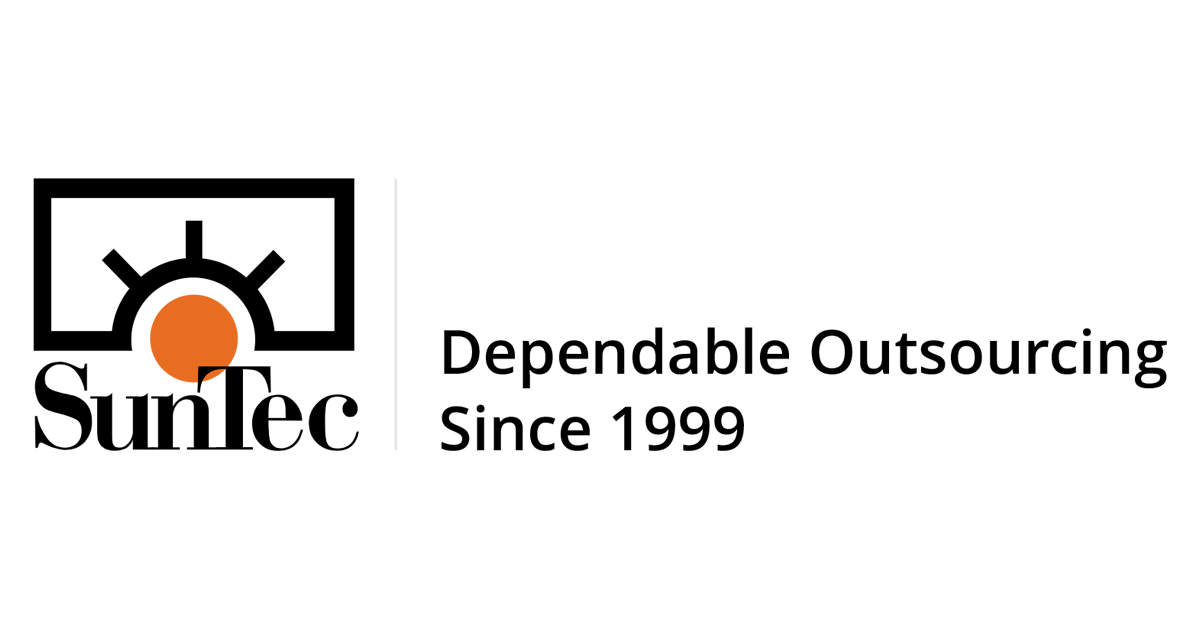
SunTec India attends Google's first-ever in-person Search Central Live event in India
SunTec India- a globally leading IT outsourcing and BPO company - recently attended and participated in Google's first-ever in-person Search Central Live event in India.
https://www.suntecindia.com/suntec-india-attends-first-ever-google-search-central-live-in-india-2023.htmlVisit: https://rb.gy/psejl
#BusinessGrowth #SuccessStory #Innovation
Story by Jennifer Dudley-Nicholson • 17-5-2023
Houston, we have a new contender.
Australia is just months away from joining the satellite-launching space race after Prime Minister Anthony Albanese on Wednesday unveiled the country's first homegrown rocket designed to enter orbit.
The launch vehicle, created by Gold Coast firm Gilmour Space Technologies, will lift off from a north Queensland base later this year and be used to deliver payloads of up to 4000kg into low-Earth orbit.
Gilmour Space Technologies chief executive and founder Adam Gilmour said a successful flight could make Australia one of only a few nations able to build and launch rockets into orbit.
"What you're looking at is the first orbital vehicle that's ever been designed and built in Australia," he said.
"It's critical technology – only 11 nations on the planet have orbital vehicles. When we go to space, we will be the 12th."
The locally built rocket, dubbed Eris, will also be one of the first orbital vehicles to rely on hybrid technology that combines solid and liquid propellants and is thought to be cheaper and safer conventional propulsion.
Visiting its Helensvale factory, Mr Albanese unveiled the rocket and signed the inside of its shell, congratulating the team on its future "lift-off".
He said the rocket's creation showed Australian businesses were capable of manufacturing world-class innovations.
"Australia can compete with the rest of the world. What we need to do is to back our businesses that are doing it," he said.
"What the Gilmours have done here is take a risk with their investment that they made in a start-up that's now attracting capital and attracting support. It's an example of Australian innovation."
Mr Albanese said the government would seek to support further innovation in sectors such as space, defence and critical minerals as part of its forthcoming $15 billion National Reconstruction Fund.
Australia's space industry is estimated to employ 10,000 people and generates up to $4b revenue each year.
The Australian Space Agency, established in 2018, aims to triple its contribution to $12b and create 20,000 additional jobs in the industry by 2030.
Mr Gilmour said business and government backing would be vital to support the country's growing space innovations.
"Australia must have its own sovereign launch and satellite technologies if we are serious about growing our capabilities in defence, communications and advanced manufacturing," he said.
The Gold Coast company is expected to test its Eris rocket later this year from the Bowen Orbital Spaceport, which is in the final stages of construction.
Prime Minister Anthony Albanese visits Gilmour Space Technologies on the Gold Coast.
© Darren England/AAP PHOTOS
Military told to fast-track, revolutionise technology
Story by Dominic Giannini • 17-5-2023
The defence minister says Australia, the United States and Britain must work together seamlessly on new technology and weapons to protect against aggression in the Pacific.
Richard Marles will talk about cutting red tape to efficiently share technology and information through the AUKUS pact between the three nations, in a keynote speech to the American Chamber of Commerce on Wednesday.
He says the defence force will need to prioritise innovation to fast-track new capabilities.
"Our partnership will guide the accelerated development of advanced defence capabilities," he will tell the chamber at an event in Adelaide.
"If we are to develop these advanced capabilities, we need to adopt an innovation mindset, one where we are not afraid to fail fast, learn, and adapt."
Australia is working with the US to streamline the process of military acquisitions, including technology, due to arms export embargoes imposed by Congress.
"What's really clear is that if we are to realise the ambition of AUKUS, the transfer of technology and information between Australia and the US needs to be seamless," Mr Marles will say.
"This is a big task, the barriers in both systems are vast and complex. There is no silver bullet."
A key plank of the AUKUS agreement is a fleet of nuclear-powered submarines.
Defence Minister Richard Marles will talk of sharing technology seamlessly between AUKUS partners.
© Lukas Coch/AAP PHOTOS
Australia’s post-pandemic surge in net overseas migration temporary, federal budget predicts
Story by Anne Davies • 7h ago - 10-5-2023
Australia’s surge in net overseas migration, forecast to be 400,000 in 2022–23, is a catchup from the pandemic and is expected to be temporary, the budget papers reveal.
The forecast for 2024–25 is 260,000, broadly in line with the long-term historical average of 235,000.
The budget papers say: “The pandemic resulted in the first net outflow of overseas migration from Australia since World War II. The rebound in temporary migration following the reopening of Australia’s international borders was initially slow but has recently started to recover at a faster rate.
“This has resulted in an upgrade in the forecast level of population, even though the total number of temporary migrants arriving in Australia is not expected to make up for the loss in migration during the pandemic for some time.
Population growth is now expected to be 2% in 2022–23 and 1.7% in 2023–24, up from the forecast of 1.4% for both years in the October budget.
Most of the increase is attributed to the return of overseas students, skilled temporary visa holders.
As well as new students starting their courses, those who were in the second and third years of their study and who were studying online have arrived, boosting the numbers, Treasury says.
The strong economy and changes to temporary visa eligibility have also added to arrivals.
The level of departures – the other side of net migration numbers – will take more time to return to normal because of the low number of arrivals during the pandemic, Treasury says.
The elevated forecast for net overseas migration in 2023–24 of 315,000 is largely driven by fewer temporary migrants departing Australia than usual, rather than a greater number of people arriving, it says.
So what does this mean for Australia’s population forecasts?
Related: Federal budget 2023: winners and losers summary
Even with this stronger near-term outlook, total net overseas migration is not expected to catch up to the level forecast before the pandemic until 2029–30.
The country’s population is expected to be 750,000 people (2.5%) smaller in June 2031 compared with pre-pandemic forecasts. The decline in the birthrate is accounted for in this figure.
The budget also included further details of the streamlined skilled migration program, which was announced by the home affairs minister, Clare O’Neil, in April.
The government will provide an extra two years of post-study work rights for temporary graduate visa holders with selected degrees, which will improve the pipeline of skilled labour in key sectors, the budget papers say.
As previously announced, the temporary skilled migration income threshold will increase from $53,000 to $70,000 from 1 July 2023 to ensure settings are better targeted towards truly skilled workers.
The budget also allocates $50m over four years from 2023–24 for additional enforcement and compliance activities to protect migrant workers, after unions raised concerns about exploitation.
A range of visa fees will increase above the usual CPI increase, yielding $655m over five years in extra revenue.
Most will increase by 6%, but business, innovation and investment visas will increase by an additional 40% and select visitor and temporary visas will increase by an additional 15 percentage points from 1 July 2023.
Pacific
Canada wants more cooperation with AUKUS allies on advanced technologies
Story by Reuters • 11h ago - 9-5-2023
OTTAWA (Reuters) - Canada wants to work more closely with allies including Australia, United States and the UK in areas of advanced technologies, Defense Minister Anita Anand said on Monday, when asked if the country wanted to join the AUKUS defense alliance.
"Canada is highly interested in furthering cooperation on AI, quantum computing and other advanced technologies with a defense nexus with our closest allies," Anand told reporters in Ottawa, when asked about a newspaper report saying Ottawa was seeking to join the AUKUS alliance.
The Canadian government wants to take advantage of the information-sharing and advanced technologies development part of the alliance, including undersea defense capabilities, the Globe and Mail reported earlier on Monday, citing unnamed government sources.
The Globe said Ottawa was only seeking to join only the non-nuclear component of the security alliance between Australia, UK and the U.S., which was launched in 2021.
The security pact also aims to provide Australia with the technology and capability to deploy nuclear-powered submarines.
The pact has been denounced by countries including China and France, which lost its own submarine deal with Australia after the alliance was formed. Canada's exclusion from the alliance was also seen as a snub by some for a country already in the intelligence-sharing Five Eyes alliance with AUKUS members and New Zealand.
"Our ties with our Five Eyes allies are strong, and indeed we remain interested in furthering cooperation in AI and other innovation efforts with our allies," Anand said.
(Reporting by Ismail Shakil in Ottawa; editing by Steve Scherer and Jonathan Oatis)
U.S. Defense Secretary Austin meets Canada's Defense Minister Anand at the Pentagon in Arlington
© Thomson Reuters
Government earmarks $3.4b for defence tech research
Story by Dominic Giannini • Yesterday 2:02 pm - 28-4-2023
Investment in hypersonic missiles, drones and next generation technologies for the defence force will be accelerated under a new program.
The government will put $3.4 billion over the next decade into creating the Advanced Strategic Capabilities Accelerator to leverage Australian innovation and feed new technology into the defence force.
The six priority areas are listed as: hypersonics, directed energy, trusted autonomy, quantum technology, information warfare and long-range fire capability.
The vice chief of the defence force, chief defence scientist, deputy secretary and Capability Acquisitions and Sustainability Group will head up the body.
It will be operating by July 1 and undergo a phased start up over the first 18 months, replacing the Defence Innovation Hub and Next Generation Technologies Fund.
Defence Minister Richard Marles said uncrewed aerial, land and sea systems would be crucial in the future.
He said Australia needed to be able to position itself to be a part of the development of new technology.
"We're trying to get Australian ideas into operation as quickly as possible," he told reporters on Friday.
"We'll be working very closely with our partners overseas as well but the focus is absolutely about getting Australian technology going so that we get that asymmetric capability into the hands of our defence force."
Chief Defence Scientist Tanya Monro said Australian innovation could also be shipped overseas.
"Where we in Australia have niche leading advantage ... we can play into global supply chains and so we can support Australian industry in being part of those global ecosystems," she said.
Opposition defence industry spokesman Luke Howarth welcomed the announcement but hit out at the government, saying it was simply a photo opportunity.
"The announcement is not new. It may be a new name but it is not new money," he said.
"The Albanese government has described this project as an urgent acceleration but in reality ... has put delivery and decisions into slow motion with no new money, confusing implementation and more reviews."





